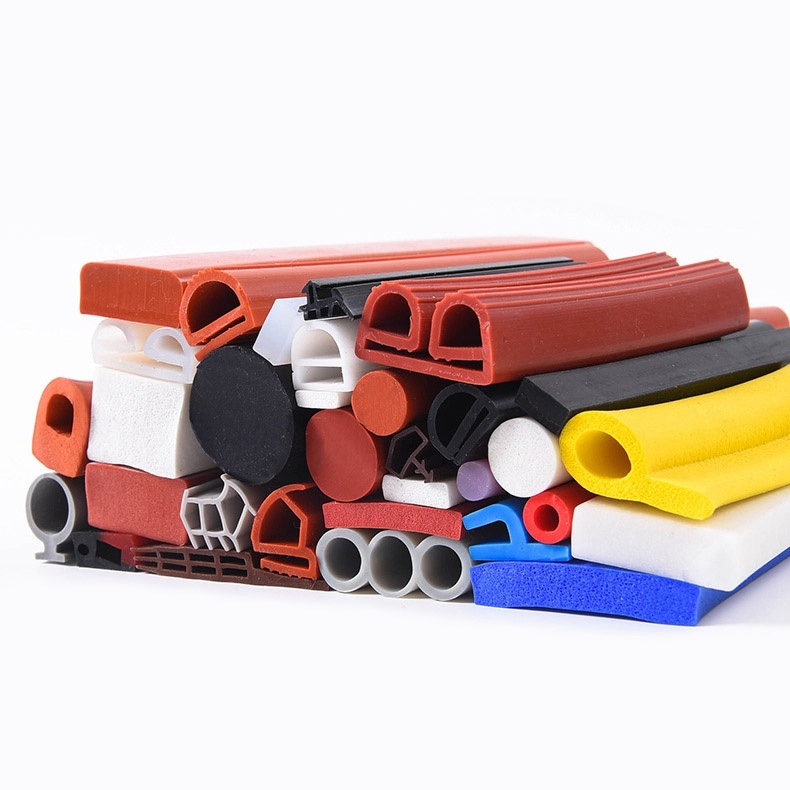The comparison between Silicone and EPDM
2025-06-03

Here's a comparison between Silicone and EPDM (Ethylene Propylene Diene Monomer) in English, highlighting their key differences:
1. Material Composition
Silicone: Made from silicon-oxygen (Si-O) polymers, with organic side groups (e.g., methyl or phenyl).
EPDM: A synthetic rubber derived from ethylene, propylene, and a diene monomer (for crosslinking).
2. Temperature Resistance
Silicone:
Wider range: -60°C to +230°C (-76°F to +446°F) continuously; short-term up to 300°C (572°F).
Superior for extreme high/low temperatures.
EPDM:
Standard range: -50°C to +150°C (-58°F to +302°F).
Degrades faster at high temperatures (>150°C).
3. Weather & UV Resistance
Silicone: Excellent resistance to UV, ozone, and weathering; ideal for outdoor use.
EPDM: Good UV/ozone resistance but may require carbon black additives for long-term stability.
4. Chemical Resistance
Silicone: Resists water, oxidation, and weak acids/bases but swells in oils, fuels, and solvents.
EPDM: Better resistance to polar fluids (e.g., water, steam, alcohols) but poor against hydrocarbons (oils, gasoline).
5. Mechanical Properties
Silicone:
Lower tensile strength (~5–12 MPa).
High elasticity but tears more easily.
EPDM:
Higher tensile strength (~10–25 MPa).
Better abrasion resistance.
6. Electrical Insulation
Silicone: Excellent dielectric properties; used in electronics.
EPDM: Good insulator but less stable under high heat.
7. Cost
Silicone: More expensive due to complex production.
EPDM: Cost-effective for general-purpose applications.
8. Common Applications
Silicone:
Medical devices, food-grade products, high-temperature gaskets, aerospace seals.
EPDM:
Automotive weatherstripping, roofing membranes, HVAC systems, hydraulic seals.

Choose silicone for extreme temperatures or UV exposure; opt for EPDM for cost efficiency and mechanical durability in moderate conditions.
Let me know if you need further details!
The next one:







